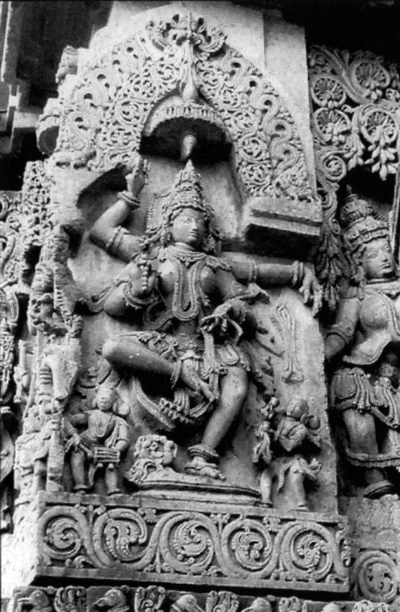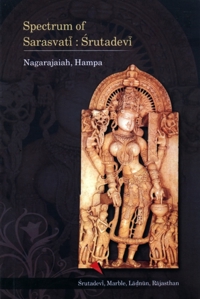|
One of the Kannada poets, Nāgavarma, (10th-11th cent.) supposed to be different from the above homonymous poet has in a single verse simultaneously described Sarasvatī as a river and a goddess [Karṇāṭa Kādambarī]. This is possibly the only instance, where both the river and deity are equated, in line with the Ṛg Veda and Mahābhārata, in the context of Kannada literature. The verbal equivocation of the verse admits double meaning (Pun), applicable to both the river and poem. The (river and goddess) Sarasvatī is perennial in depth, abundant in generosity, source of livelihood, has absolute purity, grandeur of movement and flavour. In the end poet Nāgavarma prays - 'let Sarasvatī also, analogous with the river, bless us with the virtue of purity' [supra]. Nāgacandra (1042-1100), author of two prominent classics, the Mallinātha Purāṇa and Rāmacandracarita Purāṇa, speaks of (Mallinātha) Tīrthaṅkara as divya-bhāṣa vyāpārodāra, 'noble in the activity of divine speech'. His metaphorical description of Vāgdevata and as a double narrative is simultaneously applicable to both his poetic style and to deity of poesy-(muse).
 Prof. Dr. Nagarajaiah Hampana
Prof. Dr. Nagarajaiah Hampana

